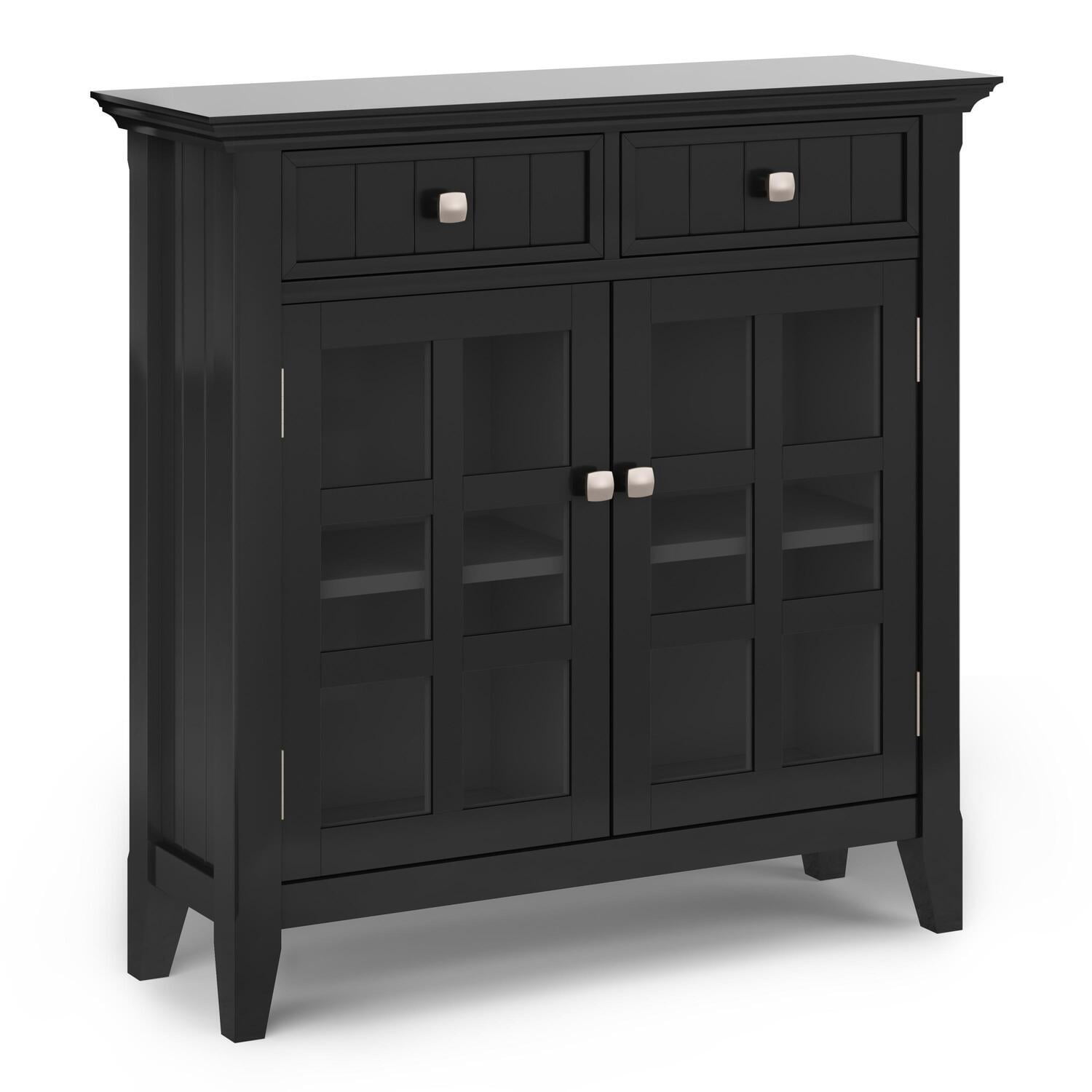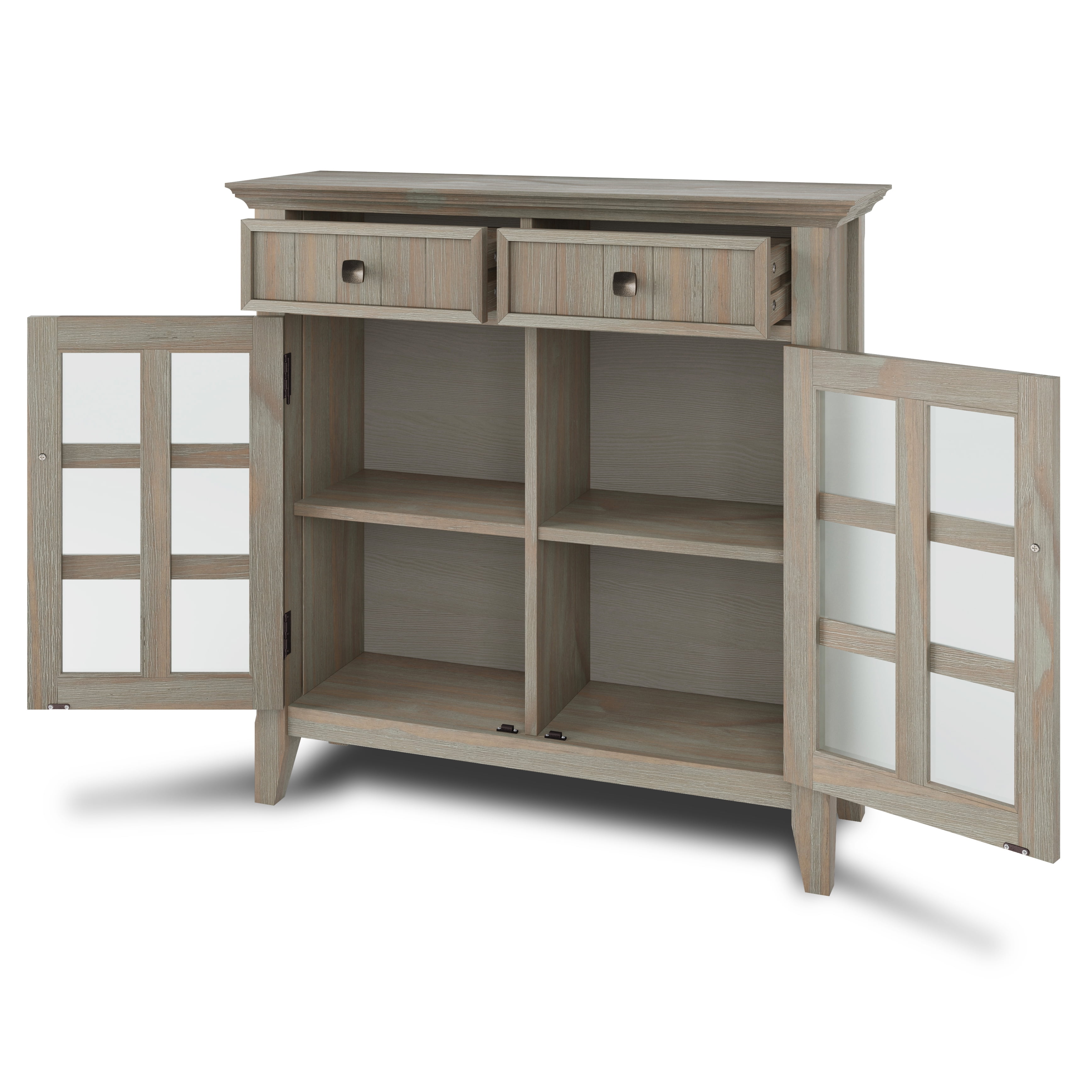Product Overview

Choosing the right 36-inch wide cabinet with doors can significantly impact the functionality and aesthetic appeal of your kitchen or other space. This overview explores the diverse options available, considering style, materials, pricing, and potential kitchen layouts.
Cabinet Styles
The market offers a wide variety of styles for 36-inch wide cabinets with doors, catering to diverse tastes and design preferences. Consider these factors when selecting a style to complement your existing décor or to create a cohesive design theme.
- Shaker: Characterized by simple, flat-panel doors with a recessed center panel, Shaker cabinets offer a timeless and versatile aesthetic suitable for both traditional and modern kitchens.
- Traditional: These cabinets often feature ornate details, raised panels, and decorative molding, lending a classic and elegant feel to the space. They are often made from high-quality wood species.
- Modern/Contemporary: Modern cabinets tend to have sleek, minimalist designs with clean lines and often feature handleless doors or simple, integrated hardware. They might utilize materials like lacquer or high-gloss finishes.
- Farmhouse: Farmhouse style cabinets typically incorporate distressed finishes, visible wood grain, and sometimes include glass-paned doors for a rustic and charming look.
Cabinet Materials and Construction
The materials used in constructing 36-inch wide cabinets significantly influence their durability, appearance, and price. The following table details the advantages and disadvantages of common materials:
| Material | Advantages | Disadvantages | Common Uses |
|---|---|---|---|
| Solid Wood (Oak, Maple, Cherry) | Durable, aesthetically pleasing, high resale value | Expensive, susceptible to moisture damage, requires regular maintenance | High-end kitchens, custom cabinetry |
| Medium-Density Fiberboard (MDF) | Affordable, smooth surface, easy to paint or finish | Less durable than solid wood, can be susceptible to damage from moisture | Budget-friendly kitchens, mass-produced cabinets |
| Particleboard | Very affordable, readily available | Least durable option, prone to chipping and water damage | Low-budget projects, temporary installations |
| Plywood | Strong, stable, relatively inexpensive | Can be less aesthetically pleasing than solid wood | Mid-range cabinets, kitchen islands |
Price Points
The cost of a 36-inch wide cabinet with doors varies significantly based on material, style, and features. As a general guideline:
- Budget-friendly (under $200): Typically made from particleboard or MDF, often with simpler styles and finishes.
- Mid-range ($200-$500): Usually constructed from plywood or MDF with higher-quality finishes and more elaborate designs. Solid wood components might be used in certain areas.
- High-end (over $500): Primarily made from solid wood, featuring intricate detailing, high-quality hardware, and custom finishes.
These price ranges are estimates and can vary based on retailer and specific features.
Kitchen Layout Examples
Three distinct kitchen layouts incorporating 36-inch wide cabinets demonstrate their versatility:
- Layout 1: L-Shaped Kitchen: A classic L-shaped kitchen can effectively utilize two 36-inch wide cabinets as corner units, maximizing storage space and creating a functional workspace. One cabinet could be a base cabinet for appliances and the other a wall cabinet for dishes or pantry items. Additional 36-inch cabinets can be placed along the walls to complete the L-shape, creating ample storage and counter space.
- Layout 2: Galley Kitchen: In a galley kitchen, two parallel runs of cabinets maximize space efficiency. Two 36-inch wide cabinets, one on each side, can serve as focal points, flanking a central workspace. These could be a combination of base and wall cabinets to optimize both storage and counter space.
- Layout 3: U-Shaped Kitchen: A U-shaped kitchen offers extensive storage and counter space. Employing 36-inch wide cabinets along the three walls can create a seamless flow and a sense of spaciousness. The cabinets can be strategically placed to accommodate appliances, sinks, and preparation areas, maximizing both functionality and aesthetics.
Functionality and Features: 36 Inch Wide Cabinet With Doors
Our 36-inch wide cabinets offer a blend of practicality and aesthetic appeal, designed to seamlessly integrate into various kitchen and bathroom settings. The functionality is enhanced through a variety of door styles, hardware options, and innovative internal features, all contributing to a highly customizable and user-friendly experience.
Door Styles, 36 inch wide cabinet with doors
The choice of door style significantly impacts the overall look and feel of your cabinet. We offer several options to suit diverse preferences. Shaker style doors are characterized by a recessed central panel framed by a raised border, creating a classic and timeless appeal. Imagine a clean, simple line with subtle detailing, offering a versatile style that complements both traditional and contemporary designs. Slab doors, on the other hand, feature a flat, uninterrupted surface, providing a sleek and modern aesthetic. Their minimalist design lends itself well to contemporary kitchens and bathrooms. Raised panel doors, with their raised central panel, exude a more traditional and ornate look. The raised panel adds a touch of elegance and sophistication, ideal for those seeking a classic, detailed style.
Hardware Options
Cabinet hardware plays a crucial role in both the functionality and the aesthetic appeal of the unit. We offer a wide selection of knobs and pulls in various materials, finishes, and styles. For example, brushed nickel pulls provide a modern, understated elegance, while antique brass knobs add a touch of vintage charm. The choice of hardware can subtly alter the entire feel of the cabinet, from minimalist and modern to traditional and ornate. Beyond the aesthetic aspects, the functionality of hinges is also important. High-quality hinges ensure smooth and effortless door operation, contributing to the longevity and ease of use of the cabinet.
Innovative Features
A range of innovative features are incorporated to enhance the usability and convenience of our 36-inch wide cabinets. These features are designed to maximize storage space and improve the overall user experience.
- Soft-close hinges: These hinges ensure quiet and gentle closing of cabinet doors, preventing slamming and extending the life of the cabinet.
- Adjustable shelves: Allow you to customize the interior space to accommodate items of varying heights and sizes, maximizing storage efficiency.
- Built-in organizers: These can include features like cutlery trays, spice racks, and pull-out drawers, creating a highly organized and functional interior space.
Internal Configurations
The internal configuration of the cabinet, whether it features drawers or shelves, significantly impacts its functionality. Drawers provide easy access to stored items, ideal for frequently used items such as cutlery or cooking utensils. Shelves, on the other hand, offer more flexible storage options, suitable for items of varying sizes and shapes. A combination of drawers and shelves provides the optimal balance, offering both easy access and flexible storage solutions within a single unit. For instance, a configuration with drawers at the bottom for heavier items and shelves above for lighter items offers a practical and well-organized solution.
Installation and Maintenance

Installing your new 36-inch wide cabinet is a straightforward process, but careful preparation and attention to detail will ensure a perfect fit and long-lasting beauty. This section provides a step-by-step guide, along with maintenance tips to keep your cabinet looking its best for years to come.
Cabinet Installation Steps
Proper installation is key to ensuring your cabinet functions correctly and remains secure. Following these steps will help you achieve a professional-looking installation.
- Preparation: Carefully read the included instructions. Gather all necessary tools: a level, measuring tape, pencil, drill with appropriate drill bits, screwdriver (Phillips and flathead), safety glasses, and potentially a stud finder. Ensure the wall area is clear and the surface is level.
- Locate Studs: Use a stud finder to locate wall studs. Mark their locations with a pencil. Securing the cabinet to studs provides superior stability.
- Cabinet Placement: Position the cabinet at the desired height and location, ensuring it is level using the level. Mark the stud locations on the back of the cabinet.
- Drilling Pilot Holes: Drill pilot holes through the marked locations on the cabinet back, ensuring the holes are slightly smaller than the screws you’ll be using.
- Securing to Wall: Attach the cabinet to the wall studs using appropriate screws. Ensure the screws are driven in securely but avoid over-tightening, which could strip the wood.
- Door Installation: Carefully attach the doors according to the manufacturer’s instructions. Ensure the doors are aligned correctly and close smoothly.
- Final Check: Inspect the installation, ensuring the cabinet is level, secure, and the doors operate smoothly.
Cabinet Material Cleaning and Maintenance
Different cabinet materials require different cleaning and maintenance methods. The following table Artikels best practices for common materials.
| Material | Cleaning Method | Maintenance Tips | Precautions |
|---|---|---|---|
| Wood | Damp cloth with mild soap and water; dry thoroughly. For stubborn stains, use a wood cleaner specifically designed for your finish. | Regular dusting; apply wood polish periodically to maintain luster and protect against dryness. | Avoid excessive moisture; do not use abrasive cleaners or scouring pads. |
| Laminate | Damp cloth with mild soap and water; dry thoroughly. | Regular dusting; avoid placing hot items directly on the surface. | Avoid abrasive cleaners or scouring pads; avoid using harsh chemicals. |
| MDF (Medium-Density Fiberboard) | Damp cloth with mild soap and water; dry thoroughly. | Regular dusting; avoid excessive moisture. | Avoid abrasive cleaners or scouring pads; avoid prolonged exposure to water. |
| Painted | Damp cloth with mild soap and water; dry thoroughly. For tougher stains, try a mild all-purpose cleaner. | Regular dusting; touch up any scratches or chips with paint designed for the cabinet finish. | Avoid abrasive cleaners or scouring pads; avoid using harsh chemicals. |
Troubleshooting Cabinet Installation
While installation is generally straightforward, some common problems might arise.
- Cabinet is Unlevel: Check for uneven wall surfaces. Use shims to level the cabinet before securing it to the wall.
- Doors Don’t Close Properly: Ensure the hinges are correctly aligned and the doors are properly installed. Adjust hinges as needed.
- Cabinet is Loose: Ensure the cabinet is securely fastened to the wall studs. Use additional screws or stronger screws if necessary.
- Difficult to Open/Close: Check if the doors are rubbing against each other or the cabinet frame. Adjust the hinges or the door alignment as needed. A little lubrication on the hinges might help.
